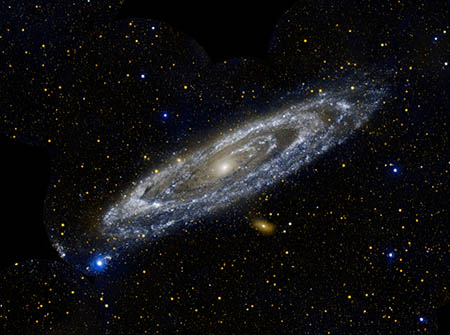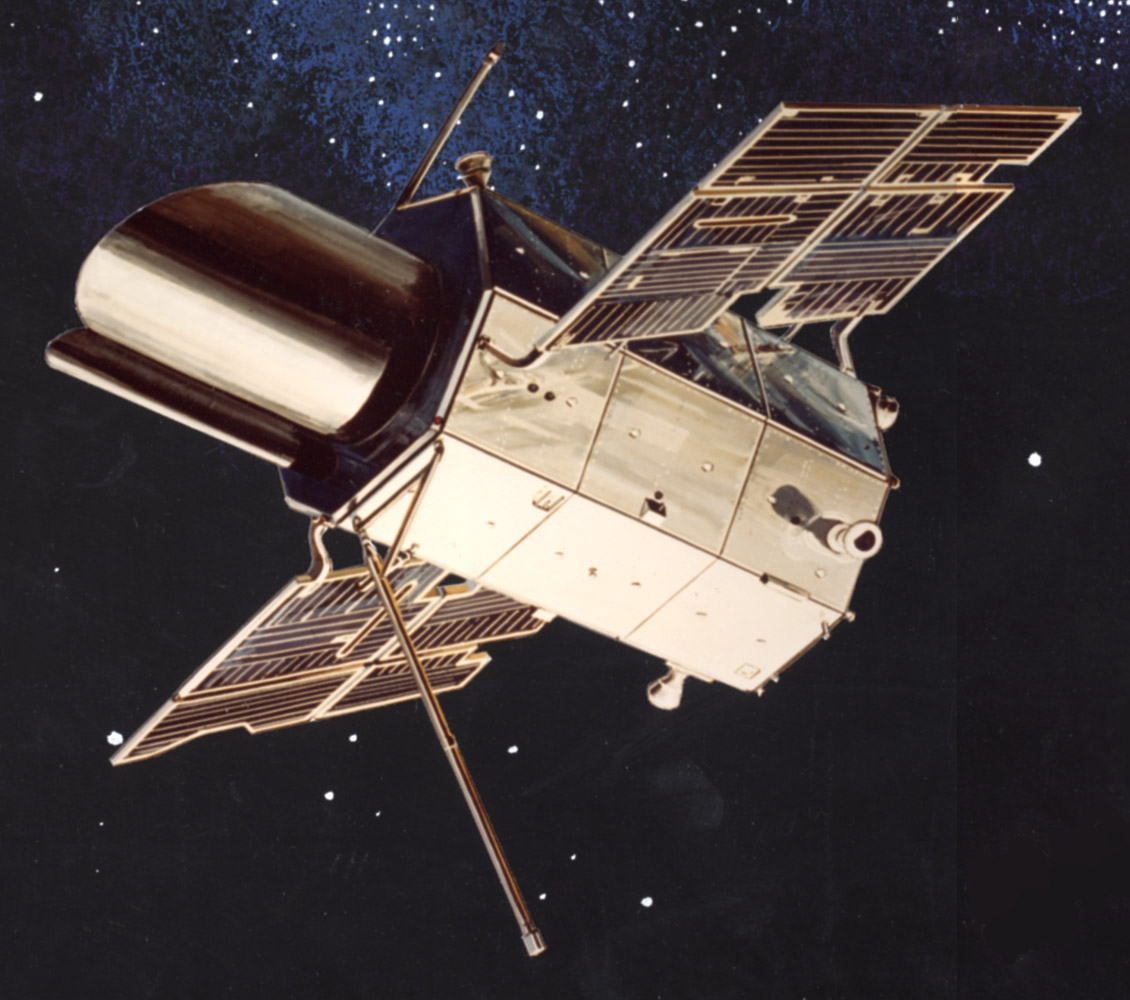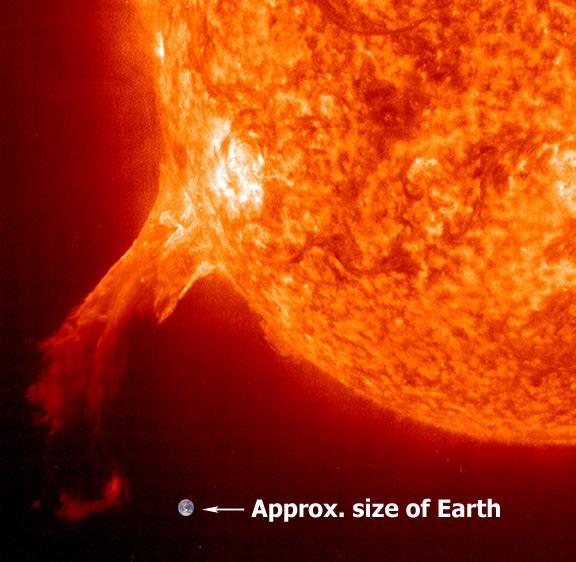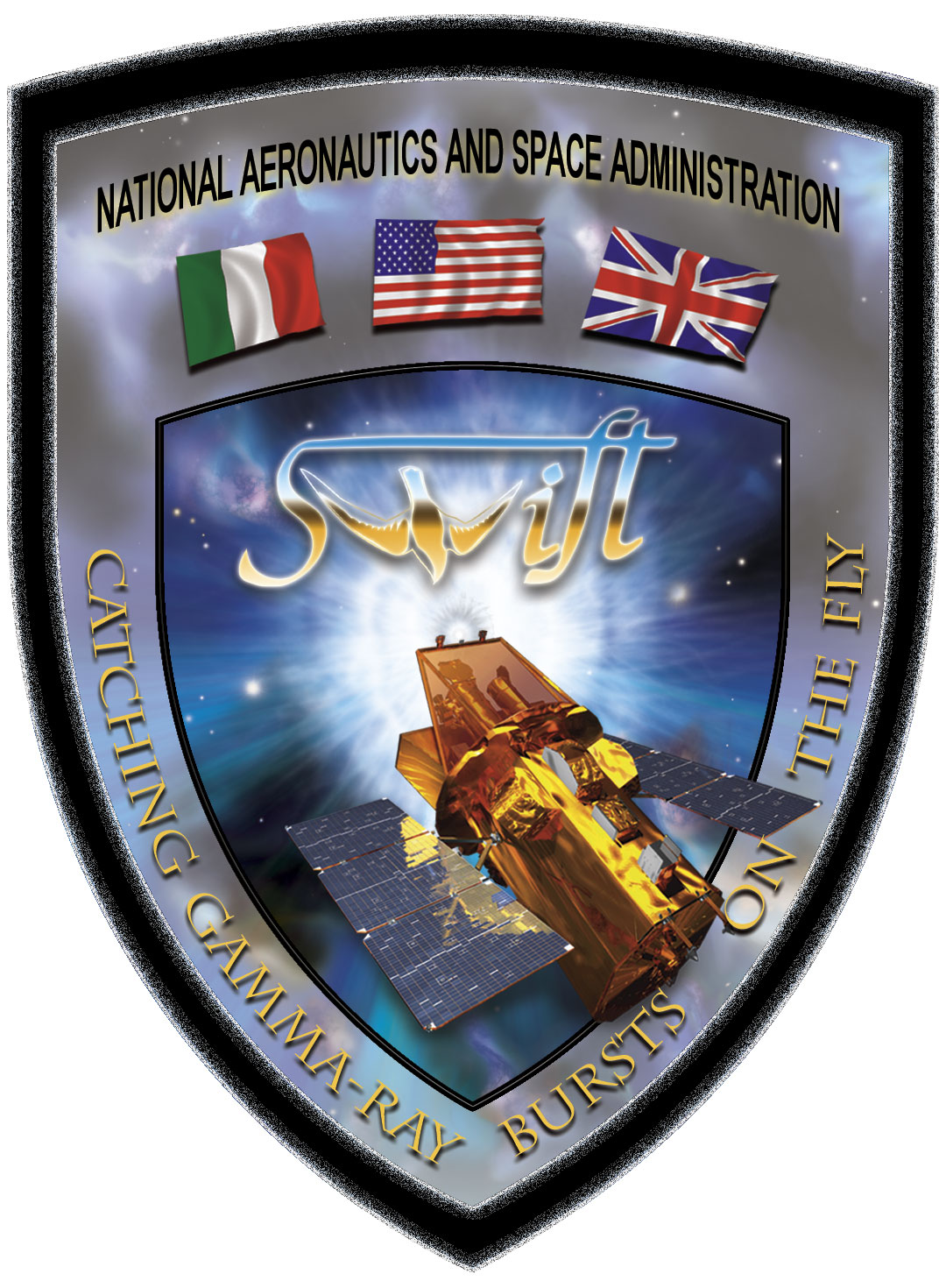The space history series is not dead yet! Here’s an item I missed the first go-round.
Ten years ago today — August 25, 2003 — a Delta 2 rocket launched from Cape Canaveral carrying the fourth of NASA’s “Great Observatories.”

(Artist’s conception of the Spitzer Space Telescope and the Earth’s orbital track. NASA image.)
Originally called the Space InfraRed Telescope Facility (SIRTF), it was renamed the Spitzer Space Telescope after astrophysicist Lyman Spitzer, Jr. (1914-1997), who “was the first person to propose the idea of placing a large telescope in space and was the driving force behind the development of the Hubble Space Telescope.”
The Spitzer orbiting observatory was the largest space-based infrared telescope yet launched. It trails behind the Earth in a heliocentric orbit.
More about the Spitzer mission is on this site.


















